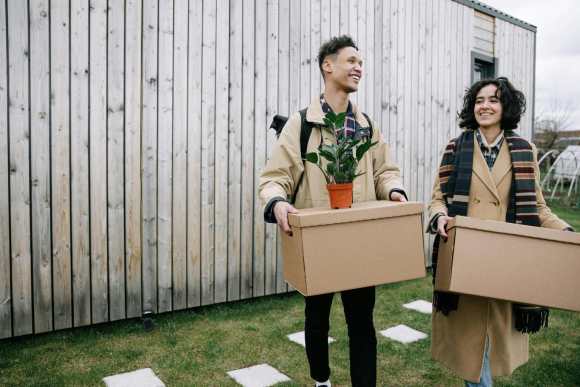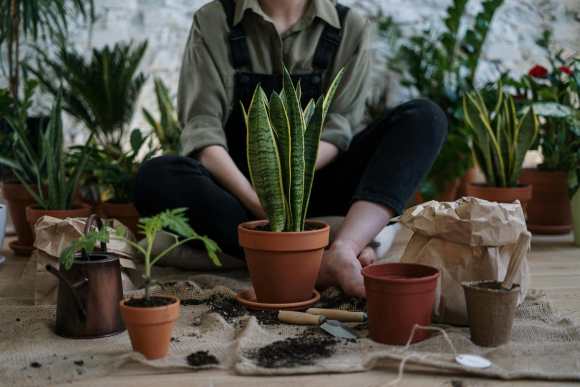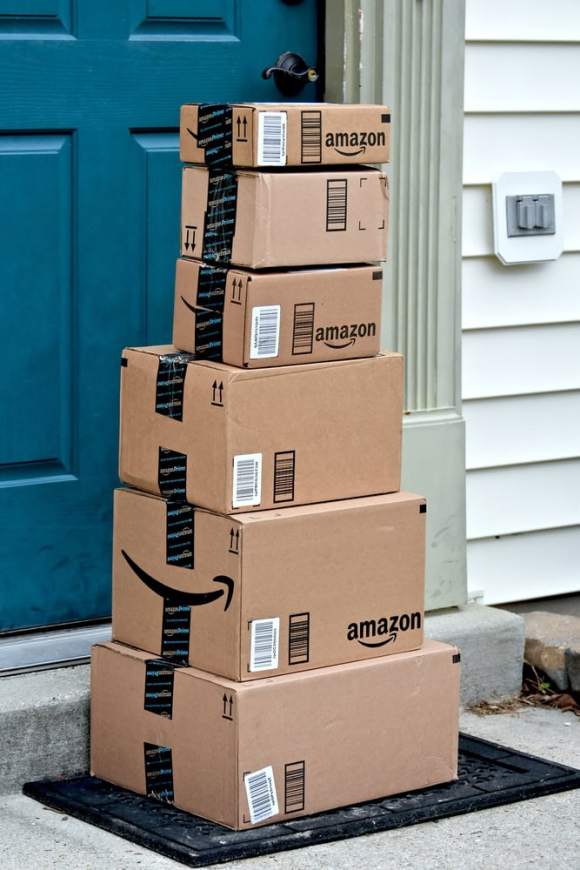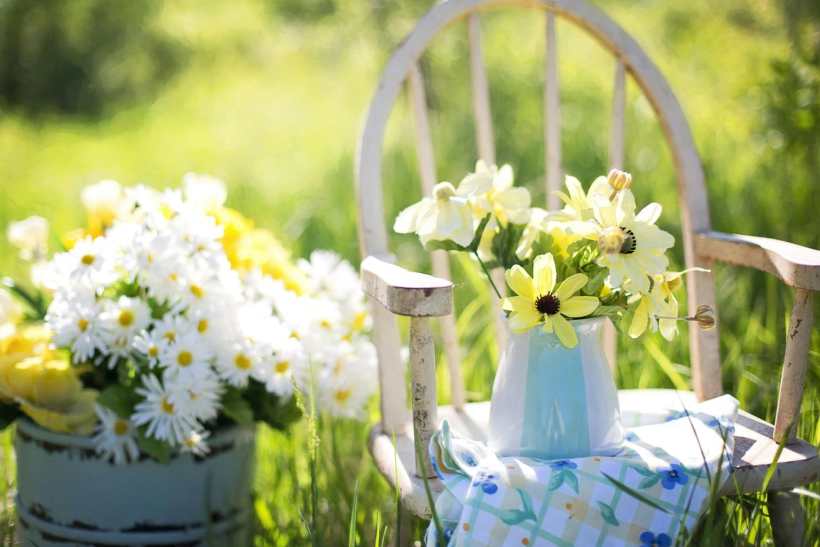Garden relocation is a delicate task, filled with obstacles that could impact plant health. From the physical stress on plants to the differences in climate and soil at your new home, each aspect needs careful handling.
This guide covers critical topics to help you manage the process effectively. We’ll discuss the importance of maintaining an eco-friendly approach throughout the move, ensuring your practices align with sustainable principles.
We will tackle obstacles you might encounter when moving your garden to a new location, such as climate adjustments and soil compatibility. Lastly, this guide provides actionable, sustainable tips to assist you in managing these challenges, ensuring your garden remains a thriving, green sanctuary post-move.
These insights aim to support gardeners in making informed, environmentally responsible decisions during their garden’s relocation.
Planning Your Garden Move

Before relocating your garden, carefully evaluate the new environment to ensure it suits the plants you want to grow. Check the soil quality, climate conditions, and available space. Timing your move is also critical.
Aim for the season with the highest transplant success rate, usually spring or early autumn, to give your plants the best chance to adjust. Create a detailed plan and checklist to organize every step of the move. Include tasks like preparing the new soil, scheduling the move, and arranging the layout of plants in their new location.
A systematic approach to these tasks minimizes plant stress and sets the stage for a thriving garden in its new home. This preparation not only simplifies the process but also supports the health and growth of your garden post-move.
Long-Distance Moves: Special Considerations
Long-distance garden moves require specific strategies to ensure your plants arrive healthy at their new location. Choose transport options that provide stable temperatures and minimal jostling.
Also, familiarize yourself with any state-specific regulations that govern interstate plant transport. These rules help prevent the spread of pests and diseases and ensure ecological safety.
Prepare a list of essential supplies such as appropriate containers, moisture-retaining soil additives, and slow-release water systems to keep plants hydrated without constant attention. Lastly, plan for regular stops to check the plants’ condition if traveling by road.
In addition, for those seeking professional assistance with plant relocation City Movers offers a reliable solution. As a licensed and insured mover, they are known for their expertise in handling delicate items over long distances. With a fleet equipped to address the specific needs of garden transportation, they can ensure your green companions arrive safely, no matter the distance.
Choosing the Right Containers

Selecting fitting containers guarantees the safe moving of your garden. Different plants require specific types of containers to ensure their health during transport:
- Small, shallow-rooted plants: Opt for lightweight, flexible pots that are easy to handle.
- Large, deep-rooted plants: Use sturdy, deeper containers that provide ample space for root growth.
- Delicate or brittle plants: Choose soft interiors to cushion and protect containers.
Biodegradable pots offer significant benefits for garden relocation. You can plant them directly into the soil, reducing transplant shock and waste. These pots decompose naturally, enriching the soil with nutrients that promote plant growth.
Regularly check that environmental conditions inside the transport vehicle remain stable to avoid stress on the plants. This careful preparation helps preserve the vitality of your garden during the move.
Soil and Fertilization Management
Effective soil and fertilization management when moving your garden to a new location begins with preserving the soil integrity during the move. Minimize soil displacement and keep the existing soil around the roots as much as possible to maintain its structure and microenvironment, which is vital for plant health.
Incorporating organic fertilizers before and after the move can significantly boost plant health. These natural fertilizers enhance the soil’s nutrient content without introducing harsh chemicals, thus supporting robust growth and helping plants adjust to their new environment more efficiently.
Soil testing is necessary to make informed decisions about any needed amendments. Understanding the soil’s pH and nutrient levels is crucial. You must understand the soil’s pH and nutrient levels.
Sustainable Packing Materials

Incorporating green moving tips can significantly reduce your environmental footprint when planning your garden’s relocation. Start by decluttering before the move, ensuring you only transport what you need.
Then, opt for sustainable packing materials such as cardboard boxes and paper-based padding, which are both recycled and recyclable. These choices not only minimize waste but also support eco-friendly practices.
Also, consider repurposing household items like old linens or newspapers to create protective wraps for delicate plants and objects. Once you’ve settled into your new space, responsibly dispose of packing materials by reusing or recycling cardboard and composting organic materials like newspapers.
By following these tips, you can ensure that your garden relocation aligns with broader principles of green living.
Water Wise: Irrigation Tips for Transit
Ensuring adequate hydration of plants before and after a move is crucial for their survival and adaptation. Water your garden thoroughly one or two days before relocation. This pre-move watering helps plants endure the stress of moving and adjust better to the new environment.
Once relocated, water the plants again to help them settle and recover. Portable watering solutions are essential for relocations over longer distances. Invest in water bottles with spray heads or portable watering cans for easy and controlled hydration during transit. This setup ensures your plants receive consistent moisture even on the road.
To minimize water stress, utilize techniques such as mulching around the base of your plants. Mulch helps retain soil moisture and keeps roots cool during transport. These methods are particularly important if your move involves exposure to varied temperatures or conditions.
Moving Your Garden: Eco-Friendly Unpacking and Setup

Upon arriving at your new location, arrange your plants to mimic their previous environment as closely as possible. Consider factors like sun exposure, spacing, and soil type when setting them up. This familiarity helps plants adapt quicker and reduces transplant shock.
Immediately after moving your garden, check each plant for signs of stress, such as wilting or leaf drop, and provide water and shade as needed. This close observation during the first few weeks can prevent potential issues from becoming severe.
For long-term success, implement sustainable gardening practices. These might include setting up rainwater harvesting systems to irrigate your garden or using organic mulches to conserve moisture and improve soil health. Adopting these eco-friendly techniques enhances your relocated garden’s resilience and productivity.
Minimizing Transplant Shock
A gradual acclimatization process helps plants adjust to their new environment effectively. Start by placing your plants in light and temperature conditions similar to their previous location and gradually expose them to the new settings over several days.
Handle the root balls carefully during the extraction and planting phases to reduce root disturbance. Make sure to use sharp and clean tools to ensure clean cuts. Avoid tearing or ripping roots.
Keep them moist and covered during the move to prevent them from drying out. Immediate care post-move is also crucial for plant recovery. Water the plants thoroughly after planting to help settle the soil around the roots and eliminate air pockets. Monitor the plants closely for the first few weeks. Adjust care as necessary based on their response to the new environment.
Final thoughts
Sustainably moving your garden is achievable with the proper preparation and techniques. We’ve covered various tips to ensure your plants survive the move and thrive in their new environment.
These include choosing appropriate containers, managing soil and fertilization, and minimizing transplant shock, all aimed at maintaining the health of your garden. We encourage you to continue embracing eco-friendly practices in gardening. Your commitment to sustainable gardening benefits your plants while contributing positively to the environment.



Leave a Reply